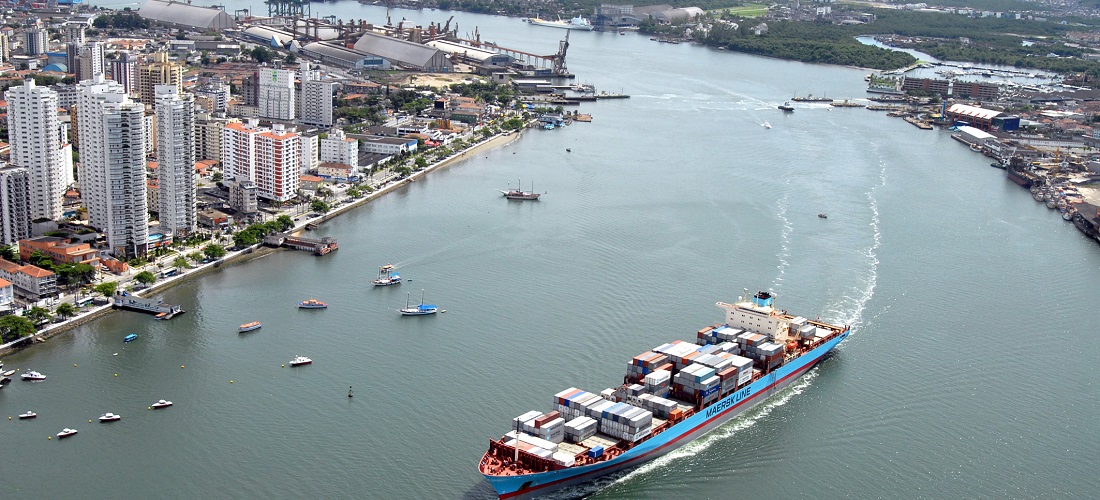
Codesp suggests tunnel to link Santos to Guarujá
Sep, 11, 2019 Posted by Sylvia SchandertWeek 201938
Codesp (Santos Port Authority) presented a new tunnel project to connect Santos to Guarujá last Tuesday (09/10). The project is an alternative to the idea of building a bridge connecting the two cities, which has resistance from the port sector.
Another tunnel project had been presented before, but with a high cost of about R$3.2bn against the estimated R$2.9bn for the bridge construction.
“We came up with the solution of an optimized tunnel, at a cost of R$2.5bn (through reduction mainly in expropriations) with perimeter connections (with project still underway) in the amount of R$1bn,” said the infrastructure director of Codesp, Jennyfer Tsai, at a workshop promoted at FIESP to discuss the issue. The tunnel would have a distance of approximately 600 meters that would be submerged, besides the connections.
It is worth remembering that the previous management of the São Paulo State Government had opted for the tunnel. The current government opted for the bridge but the installation of an artificial limiter in the largest port in Latin America has worried the industry, as ships are growing larger and the bridge can make it difficult for vessels to transit.
The bridge designed by Ecovias, which is the concessionaire of the Anchieta-Imigrantes System (SAI), the main link between the São Paulo metropolitan region and the Port of Santos, will be 7.5 kilometers long between Santos and Guarujá. In return, the government would extend Ecovias’ concession agreement, which runs until 2026.
“Much is said about the height of the structure (which will be 85 meters in the central opening), but our main concern is the spacing between the pillars,” defended the infrastructure director of Codesp, Jennyfer Tsai. She pointed out that, unlike the Rio-Niteroi bridge, which is a crossing point, the area in which the bridge would be built is in a maneuvering region.
“Today, the navigation channel is mostly 220 meters. But the latest campaign by the ministry has already made it 350 meters,” she said, arguing that the trend is to reach 370 meters in the main curves.
According to Jennyfer, even if the bridge has protective structures, the ship’s hull can be damaged, compromising the entire operation. “This is risky as it closes the port,” she said.
Sources: Exame and Estadão Conteúdo
-
Trade Regulations
Apr, 29, 2022
0
Federal Revenue Service will adopt less stringent regulations on grains, oils, fruits, and perishable items
-
Ports and Terminals
Aug, 05, 2021
0
Vitória handles 830,000 tons in July
-
Economy
Jul, 19, 2021
0
Trade balance registers a US$ 41.79 bi surplus in the year after the third week of July
-
Ports and Terminals
Dec, 21, 2023
0
Brazil’s São Paulo exported over BRL 20 bn worth of agricultural goods in 2023


